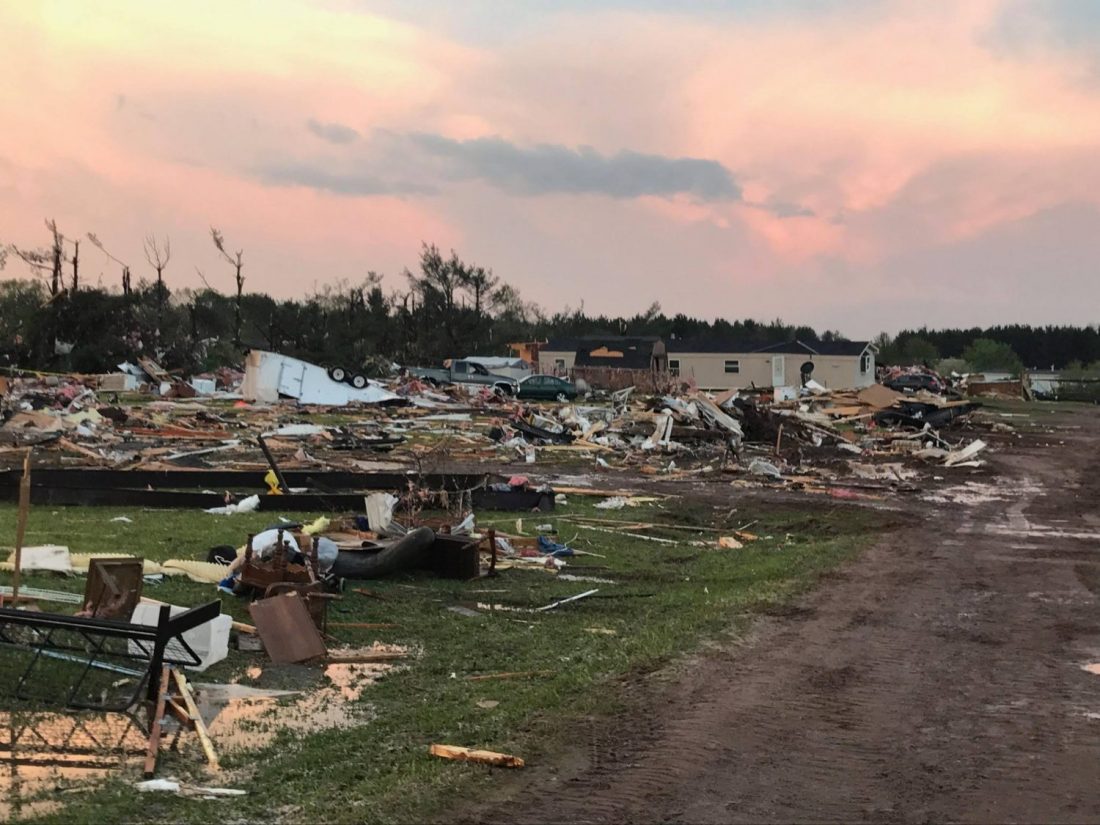‘Damp shelter’ policies allow The Salvation Army to serve the same individuals they once would’ve had to turn away.
By Jared McKiernan –
It’s a simple tube through which to exhale and a sample chamber to estimate an individual’s blood alcohol concentration (BAC). But for some, the Breathalyzer is much more—it’s the difference between sleeping indoors and outdoors on any given night.
The Breathalyzer has quietly become a mainstay in many emergency and drop-in shelters across the country administering “zero tolerance” policies. Such policies prohibit overnight shelter stays for visitors who register anything higher than a 0.0 BAC. While the method is widely employed as a means to keep shelters safe and under control, it’s been criticized for its rigidness and inability to provide a safety net to the homeless community’s most vulnerable members.
Consequently, there’s another model emerging that deviates from zero tolerance and doesn’t administer the Breathalyzer as a prerequisite for shelter entrance. It’s called harm reduction.
Harm reduction refers to to a range of public health policies designed as an alternative to the prohibition of certain potentially dangerous substances. It predicates on the idea that reducing the amount of alcohol or drugs used by individuals, or altering the way in which they are used, may be a safer and ultimately more effective strategy than complete abstinence. Within the context of shelter policies, it’s a way to serve more individuals, either by permitting the consumption of alcohol on the premises (wet), or by allowing the individual to enter the premises under the influence but not consume alcohol on the premises (damp). Some service providers within The Salvation Army are finding merit in the “damp shelter” model as both a means to both keep more individuals safe and give them a shot to work toward permanent housing.
Such is the case for 80-person Salvation Army shelter in La Crosse, Wisconsin—the most recent location to lift its decades-old zero abstinence policy. Kelley Waddell, Social Services Director for the corps, called the move a “big cultural shift,” but one that needed to happen.
“Harm reduction is a tool we can use to get people in our doors,” she said. “Most people we serve are battling an addiction, and asking them to stop immediately as a means to get a bed isn’t realistic.”
Prior to the change there was only one other shelter in town, run by Catholic Charities, that allowed individuals under the influence to stay the night at their shelter. Whenever Catholic Charities had an overflow of shelter-goers who were under the influence, and therefore unfit for The Salvation Army’s shelter, it was the homeless population who was caught in the middle.
“Some people we would have had to turn away before, we can take now,” she said.
Now, The Salvation Army still administers Breathalyzer tests, just not to everyone who enters its lobby. They only give the test if they think the individual may cause issues staying overnight in the shelter, based on their observable behavior.
If they are admitted, caseworkers zone in on linking them to permanent housing. One of the intended outcomes of implementing the harm reduction model here is to boost the percentage of clients leaving their shelter for permanent housing above 70 percent (it currently sits just below 70).
La Crosse, however, isn’t the first to shed its zero tolerance mold. Nearby Madison, Wisconsin, made the move to harm reduction years ago, but theirs was more out of necessity. The Salvation Army there runs the only family shelter and the only women’s shelter in all of Dane County. In other words, if they didn’t adopt a more inclusive approach, who would?
“We realized that the folks staying in our shelter are very vulnerable,” said Melissa Sorensen, Director of Social Services for Dane County. “Us being the only women’s shelter in the county, if a woman comes in under the influence and she’s turned out on the streets, she’s very vulnerable—especially under the influence—to risk being sexually assaulted. Being that we’re the only option, we tried to ask ‘How can we best accommodate everybody?’”
That leniency goes a long way in Wisconsin, where the weather routinely craters to sub-zero temperatures, making for dangerous—even deadly—conditions for the unsheltered homeless population.
“The purpose of shelter is to provide a safe place to sleep at night,” Sorensen said. “It’s not ultimate housing, but it’s a safety net. So if we can’t even provide that safety net to the most vulnerable population, then are we even able to truly help them?”
Gary Busiek, Social Services Director for the Midland Division, noted that harm reduction shelters that employ damp shelter policies can be a useful means to introduce the idea of shelter first; care second. In that sense, they can be seen as the short-term counterpart to Housing First programs that give individuals a roof over their heads with few strings attached. Participants settle into their own apartments for free or very low rent, where they gain access to drug and alcohol treatment. Ideally, this flexibility allows them to address their recovery on their own terms, without fear of being kicked out due to a relapse. The challenge, Busiek said, is that harm reduction requires a lot more intensive services, “and we have to be in a position where we can truly wrap our residents in services.”
While some participants of Housing First programs can be less inclined to participate in treatment than those in traditional programs with required treatment, some evidence suggests they can still respond well. For instance, a two-year study in Seattle showed that homeless alcoholics began to moderate their drinking after getting free housing.
“I think there are opportunities for us to grow in our learning about [harm reduction],” Busiek said. “And as we grow in our learning about it, we’re likely to grow in our acceptance of it. It’s a non-traditional approach for The Salvation Army. And I think as we move further into Housing First perspectives, I think we grow and gain more in our understanding of a true harm reduction model.”
Kevin Reeder, Social Services Director for The Salvation Army of Wisconsin and Upper Michigan Division, worked directly with officials in La Crosse to help them enact their new policy. He said he thinks it’s just a matter of time before the model is more broadly employed within The Salvation Army—not just in cold weather cities.
“I would say harm reduction is the way of the future,” Reeder said. “In terms of our mission, I think we see the value, but it’s not black and white policy. It’s not wet or dry. Harm reduction is all of the shades of grey. So it’s going to take time to really embrace it.”
Listen to this article












This shift pleases me. So many have been turned away from zero tolerance programs. Of course, safety of all program participants needs to be maintained but many previously never made it to the doors to be turned away because the policy is so well-known among those needing assistance. Good work!
This shift pleases me. So many have been turned away from zero tolerance programs. Of course, safety of all program participants needs to be maintained but many previously never made it to the doors to be turned away because the policy is so well-known among those needing assistance. Good work!